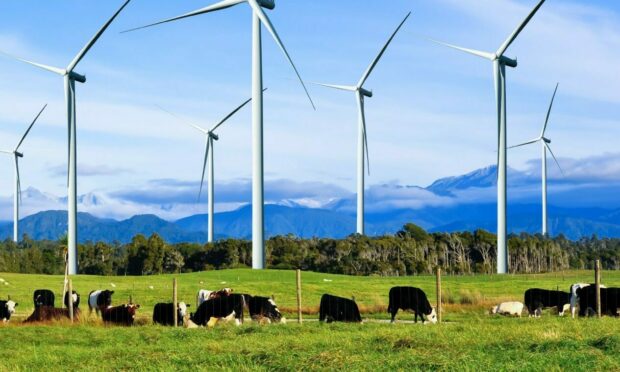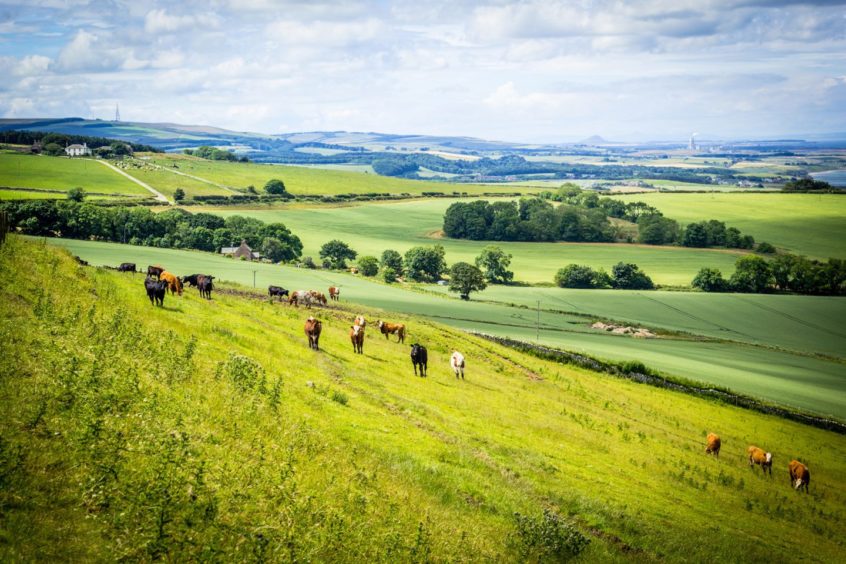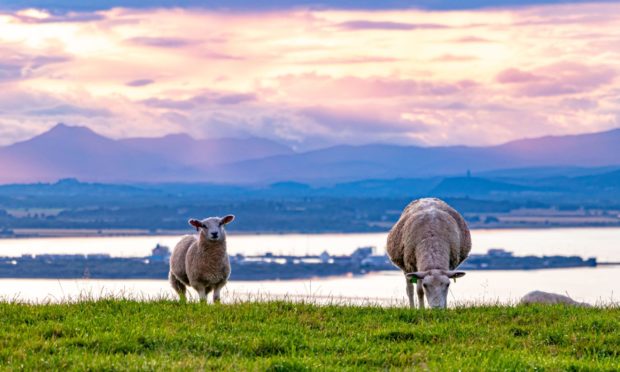The Tenant Farming Advisory Forum (TFAF) is a group of farming leaders that meets regularly to help identify and discuss issues relevant to the maintenance and development of the tenant farming sector in Scotland.
We met at the end of August, and there were three pressing items of interest that I’d like to share with you: future support, carbon trading, and smoke alarms.
Bolstered by the recent announcement of a new government-appointed advisory board to oversee proposals for future agriculture support, farming leaders’ attention is well and truly focussed on future support for the industry.
Whilst it’s clear that climate change mitigation and biodiversity will direct much of the future support, there’s still a great deal of uncertainty about the details.
Farmer-led groups have advised the Scottish Government on how to cut emissions and tackle climate change, and the immediate challenge for the new advisory board is to create a package of pilot measures before the end of October as part of the Government’s approach to COP 26.
The aim is to meet the Government’s climate change obligation to transition to net-zero carbon emissions by 2045 whilst continuing to produce high quality food.
This means adoption of measures to reduce greenhouse gasses and to sequester carbon, and it’s likely to include optimal slurry and manure usage and storage, increased innovation in areas such as feedstuffs and use of fertilisers, causing less disturbance to soils and supporting carbon sequestration and storage through planting trees, restoring peatland, or growing biomass.
Carbon credits warning
This led our discussion to measuring and trading of carbon.
TFAF members expressed a growing unease around the uncertainty of assessing and trading carbon credits, with reports of some farmers already being approached to sell the carbon stored in their trees, peatlands and soil.
There was a call for greater clarity over issues such as the ownership of carbon credits and concern that if these were sold rashly to external private investors they would be lost from farm business that would likely require them to offset their own farm emissions in the future.
The Scottish Land Commission is carrying out work to understand the developing influence of natural capital in the land market and to advise the Government on the appropriate steps to ensure the market works in the public interest.
The development and regulation of carbon markets and carbon values must also address the issues relating to how ownership of carbon credits will apply in the case of tenanted land.
Until there is guidance in place, I would advise anyone to exercise extreme caution when considering dealing in carbon credits or being asked to sign exclusivity agreements.
Looking ahead, we also need to consider whether the definitions of agriculture and the rules of good husbandry in the current agricultural holdings legislation preclude climate mitigation measures such as peatland restoration or tree planting, if it is not carried out as part of a 2003 Act diversification scheme.
There is a commitment to ensure that future schemes will be available to the tenanted sector and the Government has agreed to review and, if appropriate, amend the current legislation.
Any changes in such legislation must also consider the consequences for landlords and ultimately aim to retain confidence in the sector so that it remains viable and attractive for landlords to let land in future.
I shall be keeping a close eye on the interests of both tenants and landlords as new schemes are developed.
Fire safety
Finally, on a completely different – but more immediate – requirement, you may have seen the recent media campaign urging homeowners to install interlinked heat and smoke alarms in readiness for the implementation of new fire safety legislation in February 2022.
This has been introduced following the Grenfell Tower tragedy in 2017 and these alarms aim to significantly reduce casualties by alerting everybody in a property to a fire.
Most homes will also require a carbon monoxide alarm if they do not already have one.
I would urge all tenants and landlords to have a sensible conversation about this and agree who is going to organise and fund the installation.
The requirements need to be taken seriously and I advise consulting the terms of the lease to determine who is responsible for the installation in the tenant’s farmhouse and any other cottages included in the lease.
Useful information about this can be found on the MyGov.Scot fire safety website, www.mygov.scot/home-fire-safety, and in my recent Guidance to General Statutory Compliance on Agricultural Holdings, available at landcommission.gov.scot.
As ever, please do get in touch if you have any matters than I can help with at tfc@landcommission.gov.scot or call 01463 423 300.
- Bob McIntosh is Tenant Farming Commissioner.



